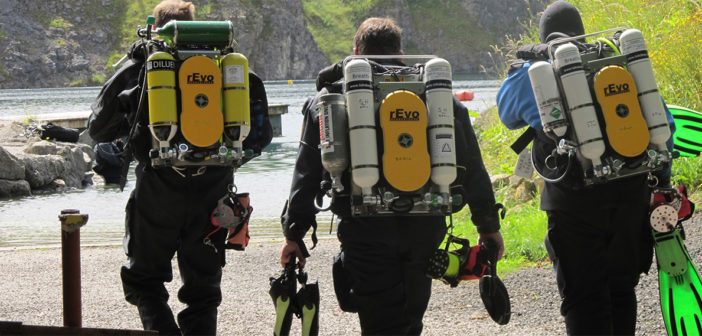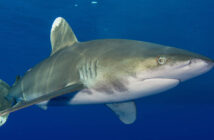The south coast of England is one of the top holiday destinations in the UK and rivals the South West for stunning coastal scenery and beaches. The Jurassic Coast that runs from East Devon to East Dorset is a World Heritage Site and the south coast is also home to the busy ports of Southampton and Portsmouth and the vibrant scene of Brighton. This area of England is home to the Royal Navy, is a mecca for wreck diving and offers a range of dives that are suitable for experienced and technical divers.
The average water temperature range is 6-10 °C in winter and 15-20 °C in the summer months. The diving season is year round and the warmest months for diving are September and October. As with any dive in England, a dry suit and thermal undersuit are highly recommended but a 7mm suit, hood and gloves are also sufficient. Visibility and conditions can vary considerably and it is always wise to carry a DSMB and torch.
Here are some of the best places for diving in the south of England:
MR Portland, Lyme Bay
This World War I submarine is a popular dive site and the 90m long submarine itself is relatively undamaged. The descent to the wreck is by shot line and the dive depth is 36m. There are some holes in the hull, which are home to very large conger eels, and the best marine life can be found on the port side. The hanger is open and it is possible to swim within it. The current at the M2 can make this a challenging dive, though the port side has less current. The slack time is approximately 30 minutes and visibility is approximately 10m.
P555, Portland Bill
The P555 was intentionally sunk approximately 4 miles west of Portland Bill and is another excellent submarine dive. The propellers and deck gun were removed prior to sinking the submarine and it is otherwise intact. The conning tower (the superstructure from which the submarine is commanded on the surface) is at approximately 36m depth and the dive depth varies depending on the parts of the wreck that are explored; with a range of 20-45m.
HMS/mA1, Chichester
This submarine constitutes Britain’s first submarine dive trail and is one of four underwater trails for protected wrecks that have opened since 2009 by English Heritage and the Nautical Archaeology Society. The HMS/mA1 is the first British-designed and built Royal Navy submarine and sank in 1991 in just 12 metres depth of water. The wreck is located approximately 2 nautical miles from Chichester Harbour and provides an interesting dive.
HMS Moldavia, Beachy Head
The HMS Moldavia was a large P&O liner that was converted into an armed merchant cruiser during World War I. She was torpedoed and sunk in 1918 by a German submarine, which resulted in the deaths of 56 United States troops on-board. The usual entry point is at the stern of the wreck and she mostly lies on her port side, with a vertical deck towards the stern. There is a single gun in place on the starboard side at 36m depth and this side of the wreck lies at 38m depth.
Aeolian Sky, Portland
This 150m length Greek freighter weighs an impressive 10,000 tonnes and lies at 18-32m depth. To experience this relatively modern wreck fully it is advisable to complete multiple dives and chose sections to explore. The winches are still present on the wreck, the towers and mast lie on the seabed and parts of the deck are also intact. Penetration of this wreck is not recommended given its complexity and visibility can vary from 3-20m on any given day. The currents at this dive site and variable and strong.
There are a number of charter boat operators along the South coast of England and an experienced skipper is essential for the wreck dives above. Try Dive Search to find a charter boat in the area of interest. Alternatively, Triton Scuba at Portsmouth and Underwater Explorers at Portland offer dive trips in their localities.
Sandown Bay, Isle of Wight
The Isle of Wight offers further wreck diving opportunities and Sandown Bay is a popular area for such dives. There are numerous shallow and deep wrecks to explore and the waters surrounding the bay have been designated as a protected site, allowing marine life to flourish. Try IOW Divers









